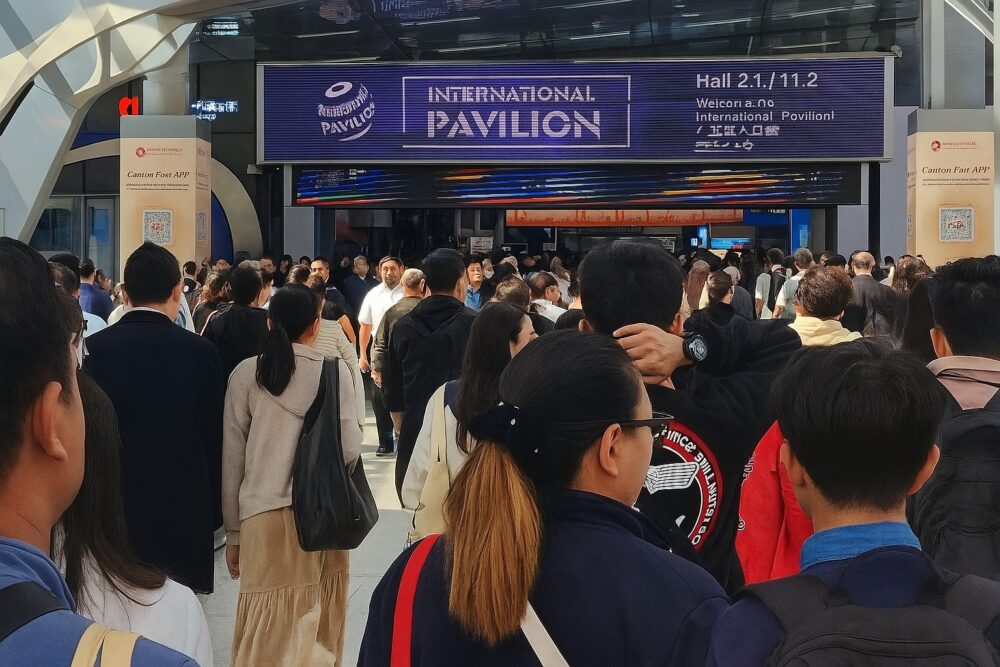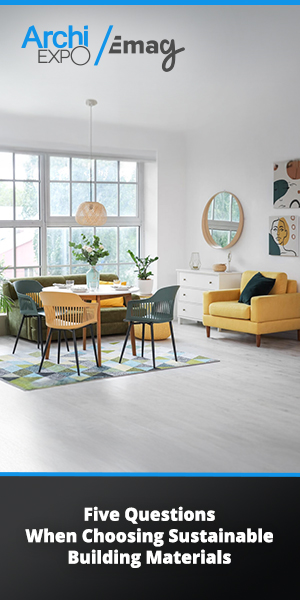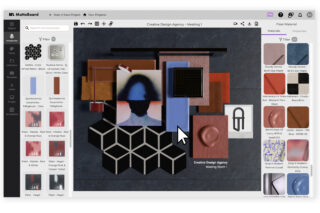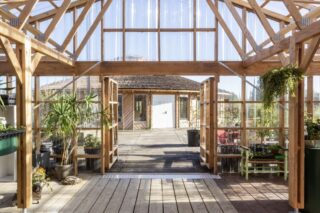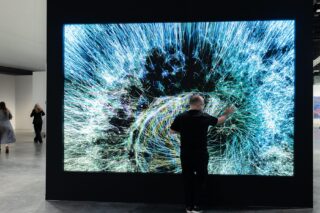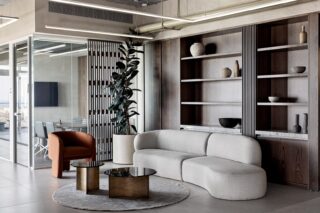The Canton Fair Design Awards offers a glimpse into the sharp design culture seen in China, set to impact the global stage.
For architects and design professionals attuned to the convergence of technology, material innovation, and lifestyle culture, the Canton Fair Design Awards have quietly become one of Asia’s most revealing barometers of global design direction. While the Fair itself—the world’s largest trade exhibition—has long been known as a stage for mass manufacturing, its design awards now point to a more refined evolution: Chinese manufacturing aligned with world-class design sensibilities and genuine sustainability goals.
This year’s Gold winners show an impressive breadth: from delicate glasswork to wire-free robotics and smart-home systems. Each illustrates how design and industrial capability are merging to re-imagine the tactile and the technical in equal measure. The awards’ 2025 roster reveals three defining narratives shaping the next wave of product design: Aesthetics Reimagined, Intelligent Living, and Automation with Purpose.
LEARN more about the Canton Fair here.
WATCH our video tour of the design awards gallery at Canton Fair, October 2025, here.
Aesthetics Reimagined: Objects that Speak Emotion
Among the Gold winners, two products stood out for their poetic handling of form and material—the Fairy Glass Vases and Spring Bloom Bedding—each representing the emotional side of design that increasingly informs interiors, hospitality, and wellness environments.
The Fairy Glass Vase series, produced by Chengde Huicai Glassware Co., Ltd, transforms traditional glassblowing into a modern decorative art. Each vase exemplifies advanced glassblowing techniques to capture the organic beauty of the smooth-flowing contours of “spirit stones”. To achieve the pure amber tone, the artisans experimented extensively with mineral ratios to ensure warmth, depth, and color consistency. They used modern 3D modeling technology to control the vase’s curves and thickness with precision. By incorporating renewable resources and recycled glass fragments, the company implements a meticulous sorting and processing strategy before reintroducing the material into production. The furnaces use advanced heat-insulating materials and high-efficiency combustion technology to minimize heat loss and reduce exhaust emissions.
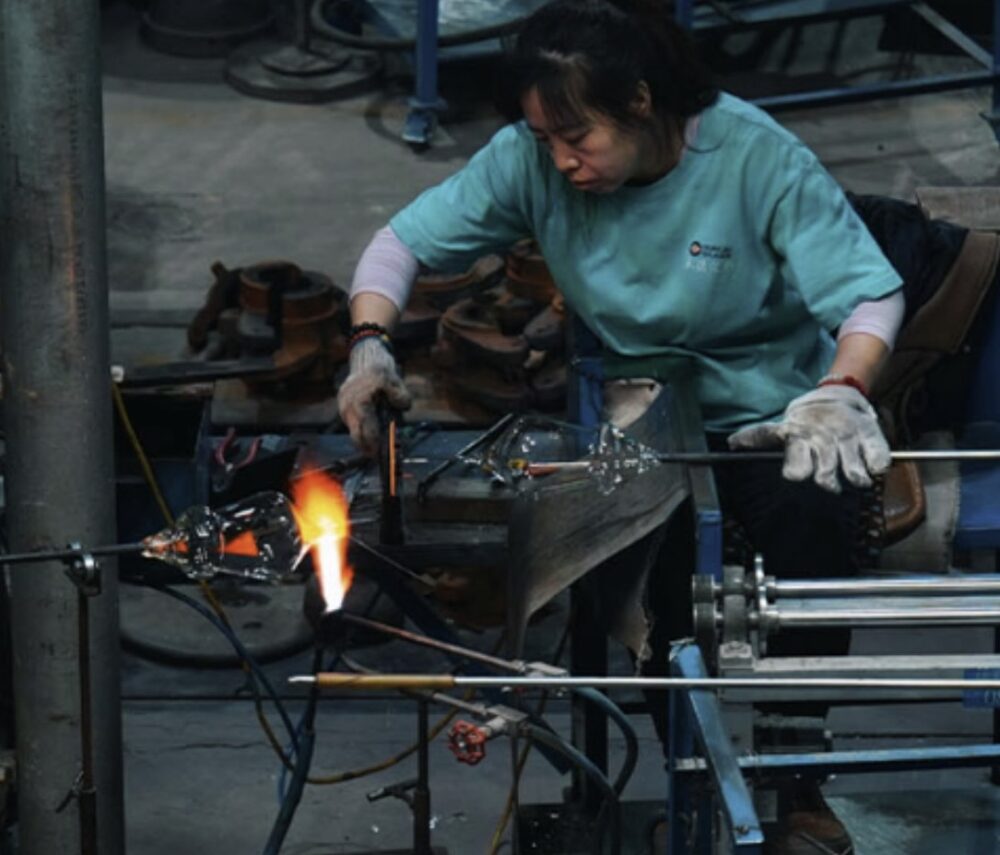
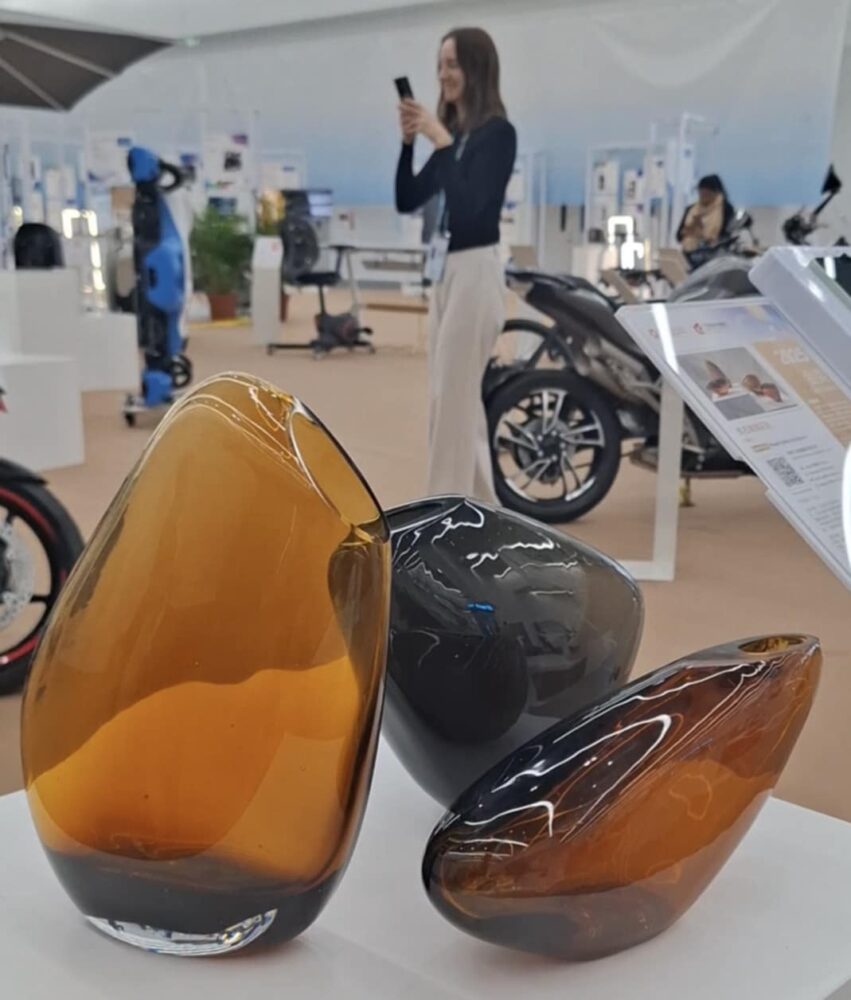
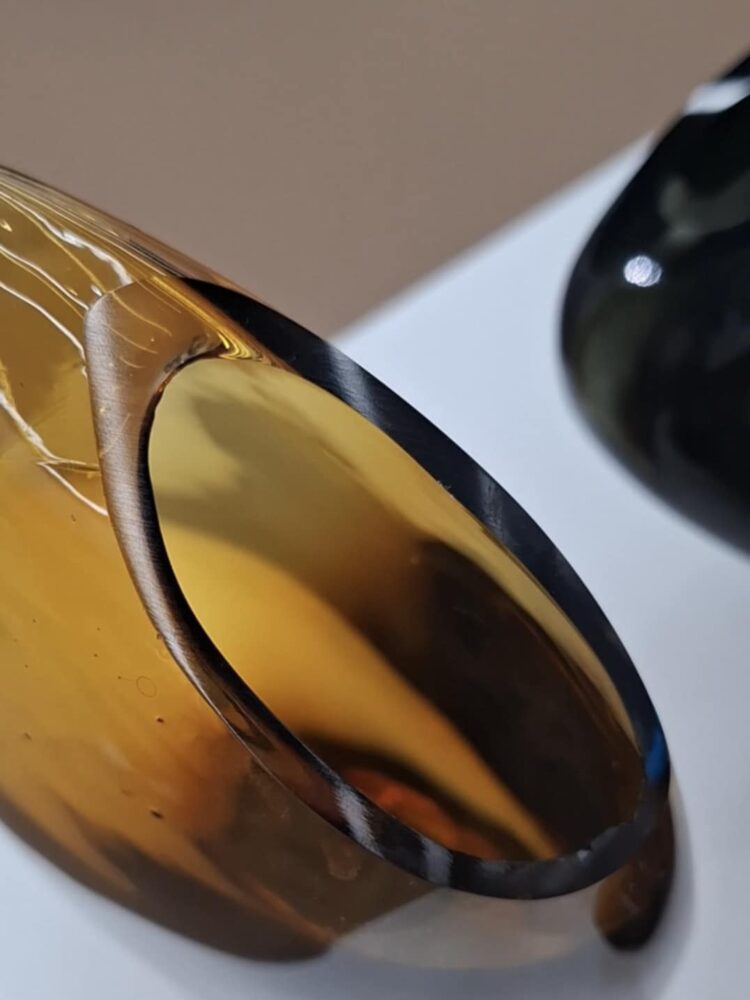
By contrast, the Spring Bloom Bedding by Huafang Co Ltd combines pineapple fiber and lyocell fiber repurposed from agricultural waste. The combination results in a natural, non-toxic, biodegradable, and sustainable textile solution. The pineapple fiber is derived from the leaves, and lyocell fiber is sourced from internationally certified planted forests. In total, 99.6% of the organic solvents used in its production process are recyclable, earning it the reputation of green fiber. The fabric features a silky drape, is refreshing and skin-friendly, highly breathable, antibacterial, and mildew-resistant.
Together, these winners affirm that the emotional intelligence of design—its ability to evoke calm, nature, and tactility—is returning to the center of object creation, a lesson equally applicable to interiors and architectural surfaces.

Intelligent Living: The Seamless Integration of Technology
Where emotion gives meaning, intelligence brings control—and the Smart H Series Light Switches and Portable Expressive Coffee Machine show how Chinese design is moving beyond functionality into sensorially intelligent experiences.
Developed by Hangzhou Hongshi Electrical Co. Ltd, the Smart H Series offers an unusually refined interface for home automation. It features built-in radar detection that automatically turns off the lights when no one is present and turns them on when someone aproaches. The series can be crafted from solid wood, marble, or a combination of materials to bring an artistic touch to the home. Its modular installation and matrix-style layout offer a unique and elevated quality-of-life experience.
“Its overall design is minimalist yet integrates multiple functions, allowing users to set different ambiance modes. Its visually appealing design and varied material options offer interior designers greater flexibility for spatial applications,” the jury commented.

The CERA+ Portable Espresso Coffee Machine by Zhuhai Luckyman Technology Co. Ltd. includes a smart app. Equipped with a 58 mm metal filter basket while maintaining a lightweight compact design, it allows for one-touch extraction. The exterior draws inspiration from the classical aesthetics of Roman columns, featuring vertical grooves that create a three-dimensional look while also providing anti-slip functionality. It supports fast charging and long-lasting performance thanks to a self-developed heating system and a 13,500mAh high-capacity battery. After heating, the LED display and audible buzzer provide clear feedback on the device status, while the app connectivity enhances both convenience and the smart user experience. The machine delivers up to 20 bars of pressure, and the filter basket can hold 20g of coffee grounds.
Both products exemplify a broader trajectory: that “smart” is no longer synonymous with digital display, but with responsive, human-centered interaction. For architects and interior designers, such systems redefine what it means to specify technology that enhances rather than dominates a space.
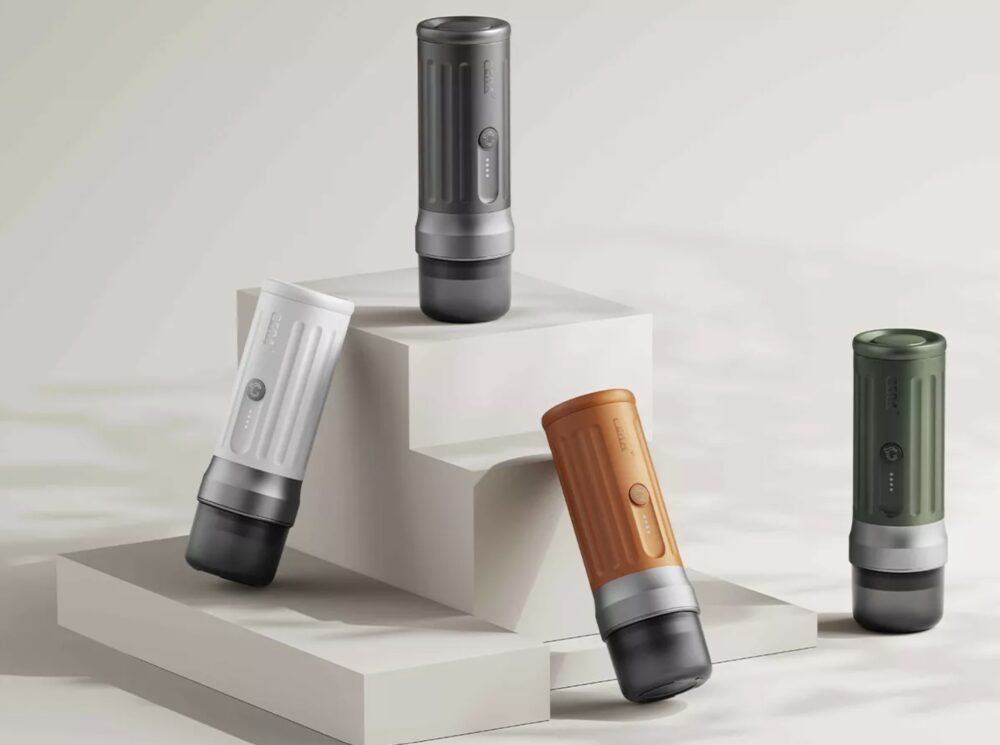
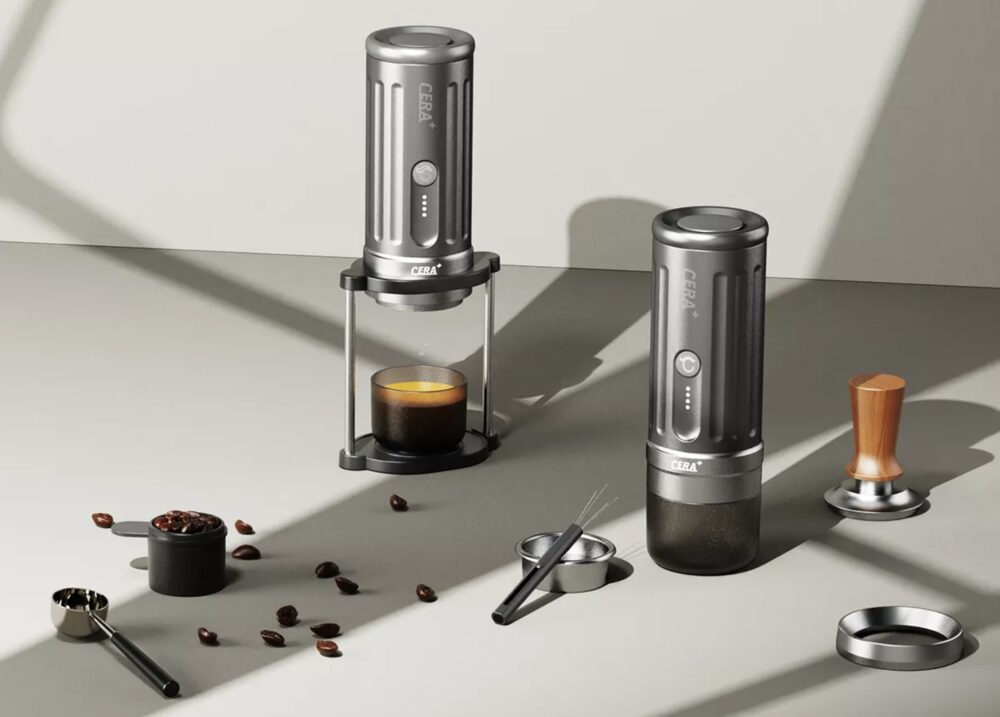
Automation with Purpose: Design Meets Sustainable Engineering
At the core of this year’s CF Award narrative lies a commitment to automation—not as spectacle but as a pragmatic, sustainable design strategy. Two standout Gold winners—the Coffee Robot and Creeks Food Waste Management Machine—illustrate how robotics is becoming a design discipline in its own right.
The Coffee Robot Kiosk, developed by Hi-Dolphin Robot Technology Co. Ltd., brings café-grade precision to unattended service environments. Its dual-arm configuration handles grinding, tamping, extraction, and milk frothing, all within a one-square-meter footprint. The robot’s form—a transparent acrylic enclosure with warm internal lighting—turns a functional machine into a performative centerpiece. COFE+ is a compact, high-throughput café system, and the 6th-generation units promise a full service cycle in roughly 50 seconds, around-the-clock operation, and the ability to deliver some 300 cups with a small footprint (roughly 2.3–2.5 m² depending on the configuration). Service transparency, modularity, and remote management make it especially suitable for architects and planners specifying amenities in precincts where staff cannot be reliably maintained.
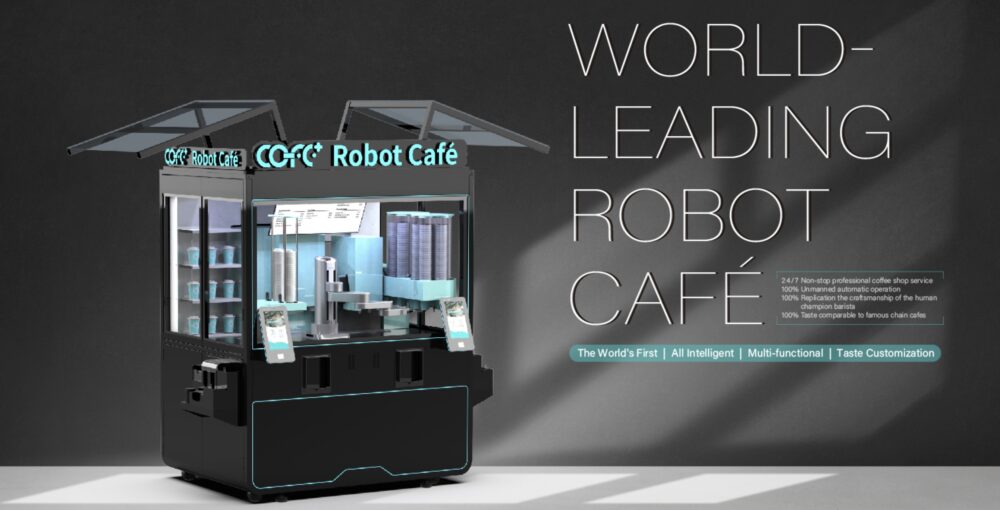
Sustainability comes to the fore in the Creeks Food Waste Management Machine, a compact unit designed for restaurant and residential use. The system employs a dual-stage aerobic decomposition process capable of reducing organic waste volume by up to 90 percent within 24 hours. Its casing—formed from recyclable polypropylene—houses a sensor-controlled airflow system that maintains optimal microbial conditions while minimizing odor. Importantly, its control module is IoT-enabled, allowing facility managers to track performance and maintenance remotely. In design terms, this is sustainability expressed not as ideology but as seamless, operational practicality.
Collectively, these machines prove that automation can be design-driven—embedding intelligence and efficiency within visually resolved, user-friendly forms.
A Global Platform for Design-Driven Manufacturing
Across categories, what defines this year’s Canton Fair Gold winners is their balance between beauty, usability, and manufacturability. The CF Award jury, composed of international designers and brand consultants, explicitly recognizes “commercialized design innovation”—a phrase that captures a unique positioning: where concept meets mass adoption.
For design professionals, that’s where the CF Awards matter most. They reveal how Chinese design culture is evolving beyond imitation toward leadership in innovation—a transformation visible in the tactile sensitivity of the Fairy Vase, the engineering precision of the Coffee Robot, and the system-level intelligence of the Smart H Series switch.
As global demand pivots toward sustainable and connected living, these award-winning products offer more than inspiration: they outline a pragmatic roadmap for integrating artistry and technology into everyday life. The Canton Fair’s design program, once peripheral, has now become a mirror of international design’s most pressing challenge—how to make innovation both beautiful and broadly accessible.
For architects, specifiers, and product designers alike, this year’s winners serve as a timely reminder: the next wave of design influence may no longer come from the West to China—but increasingly, from China to the world.
